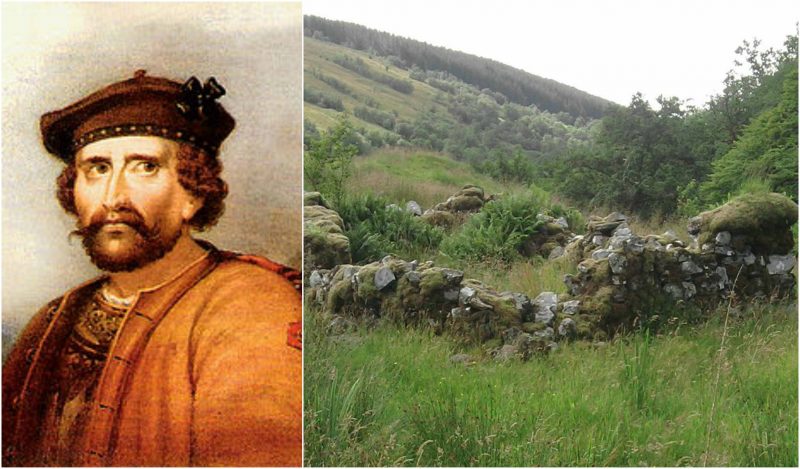Robert “Rob” Roy MacGregor was a Scottish outlaw, who later became a folk hero, immortalized in the novels of Sir Walter Scott. Roy MacGregor was lifting cattle and extracting money from people with his gang in exchange for offering them security from thieves.
He wasn’t exactly like Robin Hood but still, Roy is remembered as the “Scottish Robin Hood”.
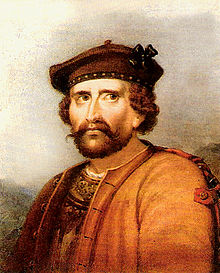
Rob Roy was born at Glengyle, at the head of Loch Katrine and when he was only 18-years-old, along with his father, Roy joined the Highland clansmen in the Jacobite rising to support King Stuart James II. In 1689, Dundee was killed and the rebellion quelled. Roy’s father was imprisoned for two years and his mother died. The Gregor chief never recovered physically or mentally.
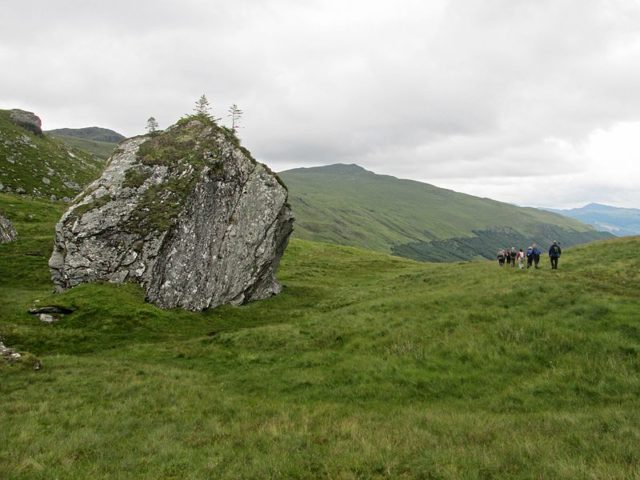
In a meantime, Rob Roy became a respected cattleman and well-known racketeer who charged farmers an average 5% of their animal rent in an exchange for protection of their cattle.
However, he was good at it – he had guaranteed to his customers that any lost or stolen cattle would be returned to them. However, he was quite rigorous to those who wouldn’t pay.
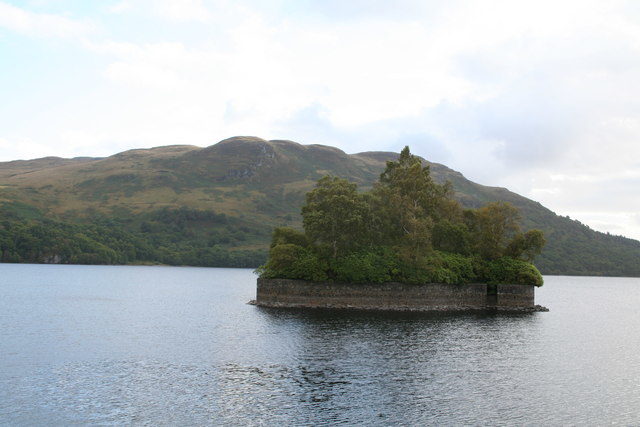
Although a respected cattleman and protector of other cattlemen, Rob Roy became an infamous character since he began stealing the cattle. He even stole most of the cattle from his earlier benefactor, the Duke of Montrose. The Duke took revenge by abducting Roy’s house and leaving his wife and four sons homeless during the coldest winter days.
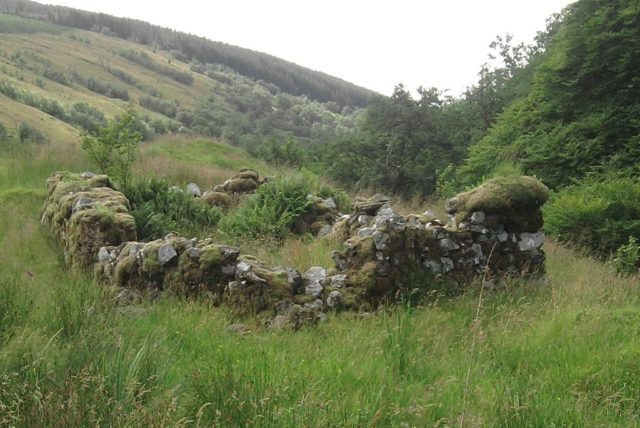
Trying to gain property and cattle in 1715, Rob Roy borrowed a lot of money but soon got bankrupt and in debts. In 1716 he moved to Glen Shira where he built a house and lived there for four years.
In 1717, the Indemnity Act 1717 was passed and granted the amnesty of all those who took part in the Jacobite rising of 1715, with the exception of few people who were all members of the Gregor clan. In 1719 Rob Roy was badly wounded at the Battle of Glen Shiel and in 1722 he moved to Inverlochlarig Beag on the Braes of Balquhidder.
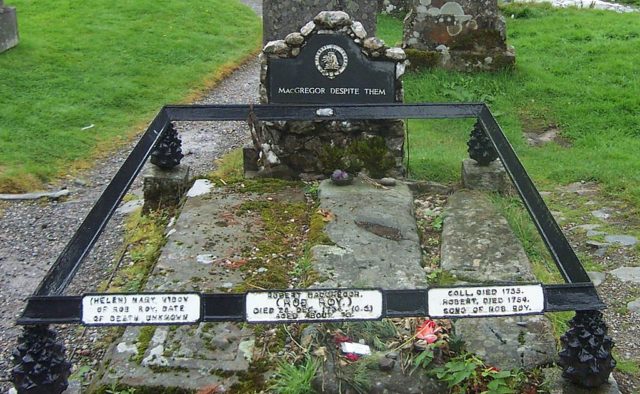
The end of Rob Roy’s life is uncertain but according to some stories, he was transported to Barbados in 1727 and decided to settle down. Apparently, he lived a peaceful life until his death in 1734. However, there is a second chapter of the Gregor clan and it refers to Rob Roy’s violent sons – James and Rob Oig.
